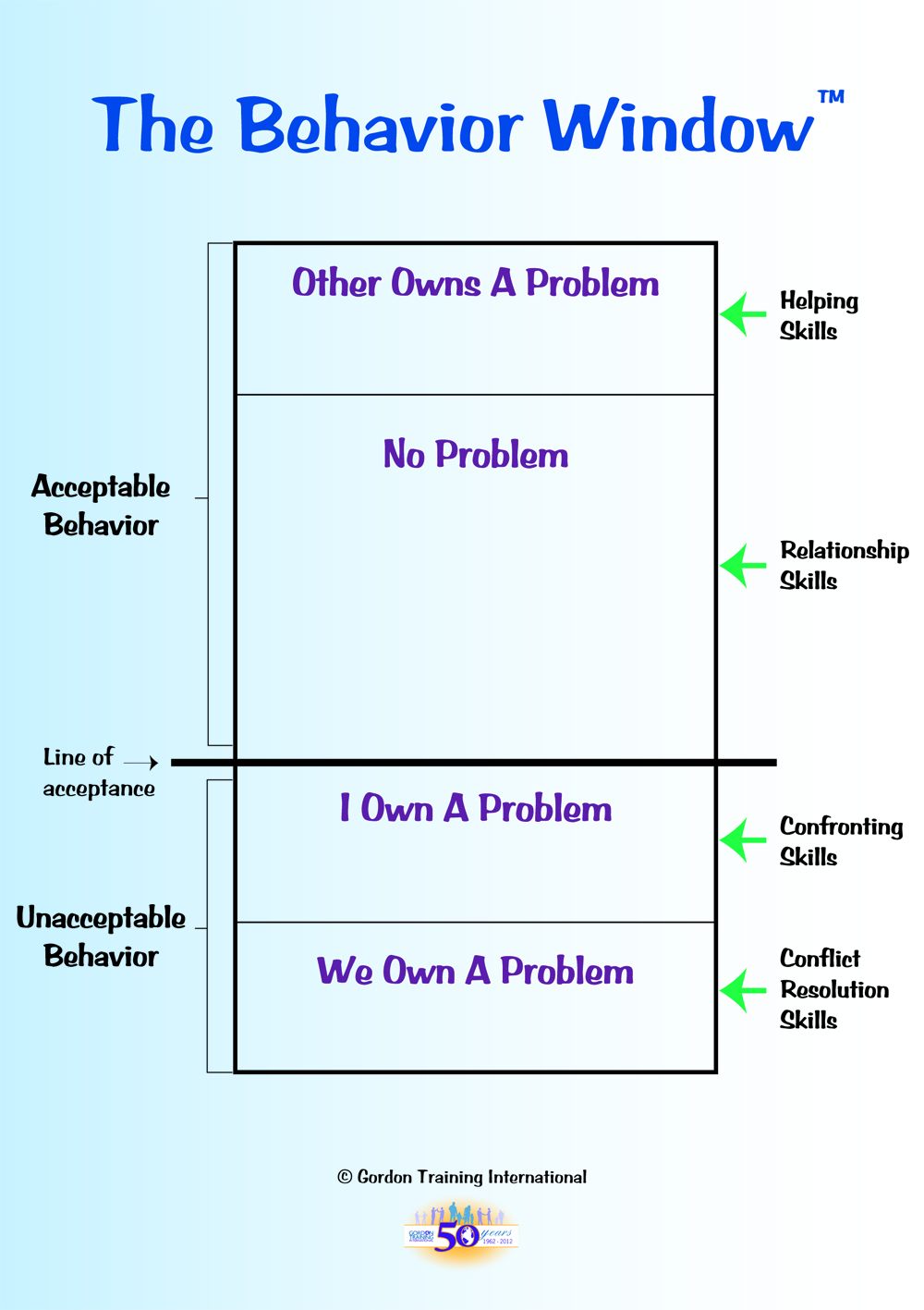One of the most challenging bosses I ever worked for could also be, on the surface, one of the nicest. Out in the open spaces of the office, she practically oozed fudge and sugar cookies. “Oh my gosh,” she’d trill like a songbird as her direct reports arrived, “what amazing shoes/earrings/fill-in-the-blank you’re wearing!”
It was sort of like working for Little Red Riding Hood (Golly, Grandma, what enormous teeth you have!), only with slightly better compliments.
And when it came to managing conflicts (there were many, because she believed very much in strict control, from the top down, which didn’t do a lot for our self-esteem needs), Little Red Riding Hood relied on the same basket of goodies.
I recall one particular episode, in my first week or two working for her, when I turned in an excruciatingly short and simple piece of work. I found myself sitting in her office, puzzled and speechless, with the door closed, an hour later.
 “Is there something wrong with the work?” I asked.
“Is there something wrong with the work?” I asked.
“Well, no,” she said, smiling a huge, white, devouring smile. “But I didn’t tell you to work on this just yet.”
I sat there, dumfounded, not quite sure what to say. My position was not entry level; it wouldn’t have occurred to me in a dozen lifetimes to sit at my desk and wait for some kind of “Go” signal once the need for the work had been established.
I knitted my brows together. “Um….?”
Little Red Riding Hood smiled more tightly. “I’m sure in the department you came from, you were used to setting your own priorities. You’ll get the hang of it here. Just wait for me to tell you what to do and when from now on. We do things a little differently here.”
At this point, I literally had nothing else to do, and…well, Candy Crush hadn’t been invented yet. But hey, she was the boss, and so I nodded. “O…K.”
“Great dress, by the way!”
Oh, yeah. I could see a long road full of blocks ahead.
Even If It “Sounds” Nice, It Can Still Be a Roadblock
One of the most mind-blowing concepts I encountered in Leader Effectiveness Training is that not all of the 12 classic communication roadblocks are seemingly negative.
It’s completely intuitive that tactics like moralizing, judging, and ridiculing will undermine productive communication between leaders and the people they lead, because, duh. In general, those are no fun at any time, coming from anybody, and they should generally be off the table among civilized humans.
But four of the “dirty dozen” are responses can be seen as “positive” forms of communication in a conversation. Let’s say you’re talking with someone who is upset (has an unmet need). So through your Behavior Window you have for them, you hear them or see them say things that communicate to you they are upset and so they are in the “Other Owns a Problem” area. With me so far? So with the best of intentions, we try to help the other person by saying these “nice” things that we think we will be helpful. Tilt.
That’s what makes these four (below) especially insidious when they’re used by a leader and their team member during conversations that, for the team member (I am upset that I’ve given Little Red Riding Hood sub-par work and express my concerns to her) are the in top of the Behavior Window . When a leader concludes a behavior is below her line of acceptance she is in “I Own a Problem” area in her window).
In this case, my starting and finishing work without being directly told to do so created a problem for her–and that calls for different skills. It calls for direct, specific confrontation using a three-part Confrontive I-Message and Shifting Gears with Active Listening—not mixed messages leading to more frustration and problems, which is what the four “positive” roadblocks produce.
It’s entirely probable that some Little Red Riding Hoods in the workplace are simply in Stage 1 of the four stages of learning when it comes to the positive communication roadblocks: They don’t know what they don’t know. They don’t realize (yet) that these sorts of interactions hurt, rather than help, a healthy problem-solving process.
So, to raise awareness, here they are. So. Which of these did my Little Red Riding Hood pull out of her basket of goodies? Can you identify them?
Roadblock 4. Advising, Giving Suggestions or Solutions
• What I think you should do is…
• Let me suggest…
• It would be best for you if …
• Why not take a different approach?
• The best solution is …
Roadblock 7. Praising, Agreeing, Evaluating Positively, Buttering Up
• You usually have very good judgment.
• You are an intelligent person.
• You have so much potential.
• You’ve made quite a bit of progress.
• You have always made it in the past.
Roadblock 10. Reassuring, Sympathizing, Consoling, Supporting
• You’ll feel different tomorrow.
• Things will get better.
• It is always darkest before the dawn.
• Behind every cloud there’s a silver lining.
• Don’t worry so much about it.
• It’s not that bad.
Roadblock 12. Distracting, Diverting, Kidding
• Think about the positive side.
• Try not to think about it until you’re rested.
• Let’s have lunch and forget about it.
• That reminds me of the time when …
• You think you’ve got problems!
In extreme cases, the four “positive” roadblocks can allow a leader who’s a workplace bully a lot of cover for abusive behavior and gas-lighting. “Who, me? I haven’t done anything wrong! I’m always supportive! I always give my staff helpful advice! I was just kidding!” I try to help at every turn!”
Spoiler: After a while, it became apparent that Little Red Riding Hood wasn’t stuck in Stage 1. She was, in fact, a Bully in the Workplace, and after a long, difficult year and the worst performance review of my 25-year career, I put on my fantastic shoes and amazing dress, put together a Plan B, and moved on to a much happier team—one where all the reassuring, kidding, praising, supporting, advice-giving, advising, etc. always took place in the middle of the Behavior Window.

